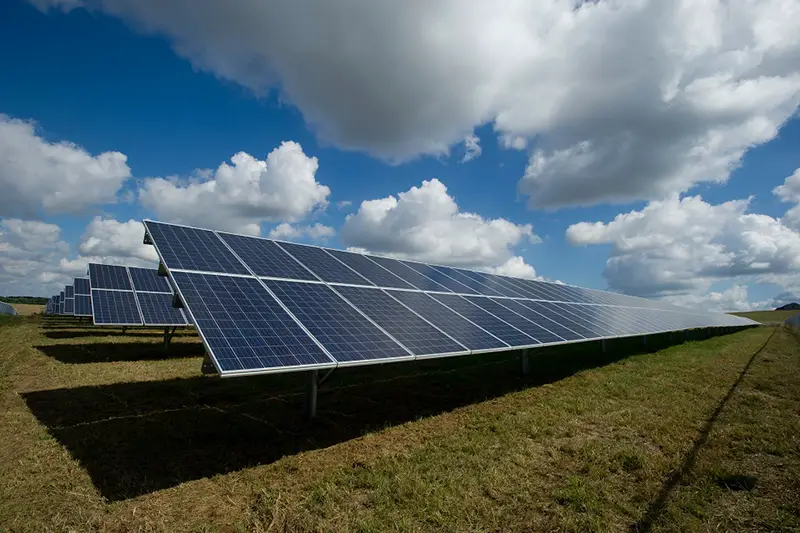Click here to get this post in PDF
In response to higher energy costs and ever-increasing needs, the world is seeing a collective push toward renewable energy. Today, more people are turning away from fossil fuels at the urging of governments and other experts. Now, the only thing that differentiates one region from another is the speed at which they are adopting these new measures.
Australia is one of the countries that prominently feature on the leader board of skewing toward more use of solar energy. This prominence reflects the country’s determination to move toward a more sustainable future. However, while Australia is a global leader in photovoltaics, the question remains whether this success translates to the solar industry.
The ever-increasing demand for solar system installations by solar system installers is naturally harbouring the outcropping of a thriving solar industry. But, like any other, this industry reflects the culture and environment of its origins. So, to understand where Australia’s solar sector lies on a global scale, you must have a clear knowledge of its intricacies.
This article provides a guide to the numbers defining Australia’s solar industry and how it compares to other countries leading the push to more prevalent solar use.
Australia’s Solar Industry
As mentioned above, the costs of fossil-fuel-based energy sources are rising across the board. Unfortunately, this increase is translating to higher costs of living everywhere, and as a result, there is more emphasis on pursuing renewable energy to mitigate. Everyone is turning to solar and wind power as the two sources holding the highest replacement potential.
A closer look at the two front runners mentioned above presents some significant figures. First, wind power is Australia’s leading renewable energy source, where it makes up 35.4% of the total energy generated. On the other hand, solar energy generation comes a close second, at 32.9%. This figure accounts for both large scale (9.3%) and small scale (22.3%) solar installations.
Since the demand for solar and wind power continues to rise, it is also causing a corresponding drop in renewable energy generator installation costs. As a result, the switch to renewable energy becomes more viable over time.
One of the primary factors playing into Australia’s favourable renewable energy position is the vast land area and low population. Because there is enough onshore open space to establish both solar and wind farms without interfering with already established urban areas, the country has more freedom and capacity to generate enough renewable energy to meet and exceed the population’s needs.
How Does Australia’s Solar Industry Compare Globally?
Australia is firmly among the top ten solar-power-producing countries in the world. The latest comparison places it at 8th in the rankings. The rest of the leader-board consists of (in order from the top producer):
- China
- The United States
- Japan
- Germany
- India
- Italy
- United Kingdom
- Australia
- France
- South Korea
China’s continuing concerted move toward more solar energy adaptation sees its renewable energy production make up 3.9% of its total energy consumption. However, when you consider the ratio of solar energy production to energy consumption, the numbers show that Israel and Honduras are having the most success in using solar power to mitigate the environmental impact of their energy consumption. Honduras lies at the top with 14.8%, while Israel comes in second at 8.7%.
However, this matrix shows that Australia’s solar energy production presently only accounts for 0.1% of the country’s total energy consumption. But there are strategies in place to improve these numbers. This sentiment bodes well for the government’s pledge to attain net-zero carbon emissions by 2050.
The best way to ensure that Australia reaches its sustainability goals is by encouraging all its citizens to take advantage of grants and loans that facilitate purchasing and installing solar panel systems and solar water heaters. This way, everyone can play a part in getting the country down to zero.
You may also like: How to Get the Most Value Out of Your Solar Panels
Image source: Unsplash.com

